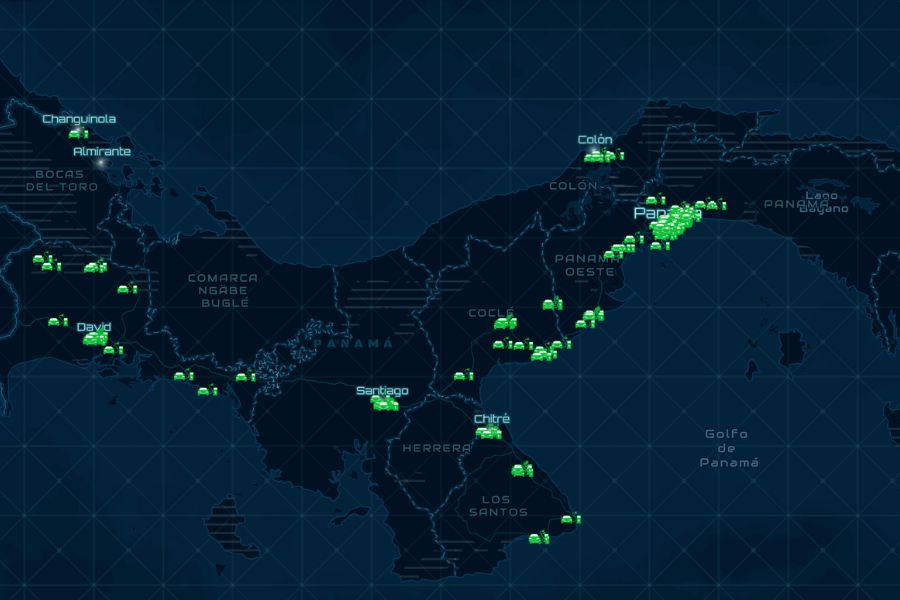In Panama, the charging infrastructure for electric vehicles has grown significantly.
With over 232 charging points distributed across the country, the ratio is remarkable: approximately one charger for every two fuel stations, which totals just over 560.
This progress has not been accidental but is the result of a well-orchestrated strategy. “Electric mobility is part of an entire process of transforming energy use towards decarbonization,” explains Rosilena Lindo Riggs, former Secretary of Energy of Panama.
This process has been primarily driven by the approval of the National Electric Mobility Strategy in October 2019 and the subsequent Electric Mobility Law, which together have established an enabling framework for the sector’s boom.
The growth of charging points reflects the confidence of both the public and private sectors in the transition to electric mobility.
The infrastructure is not only growing in quantity but also in quality. According to Riggs, the creation of a national rapid charging network has been evaluated with the support of international cooperation entities.
Nevertheless, according to Riggs: “It is a process that should be continued by the next administration.”
It is worth noting that Rosilena Lindo Riggs was part of the Secretary of Energy for over three years, and her tenure ended on 1 July 2024, when Juan Urriola took her place.
During this period, the former Secretary highlighted that international collaboration has been crucial in this process.
In this regard, the Inter-American Development Bank (IDB) has been a key partner, providing tools and financial resources to support this transition.
The 5 provinces in Panama with the most chargers
According to an interactive map developed by the Secretary of Energy (SNE), these are the five provinces with the most charging infrastructure.

Leading the ranking is the province of Panama, with 96 charging stations and 133 chargers, standing out for its extensive network that reflects the high demand in the most populated region of the country.
In second position, Chiriquí has 24 charging stations and 25 chargers, showing a significant infrastructure for electric vehicles in this region.
With 18 charging stations and 23 chargers available, Coclé ranks third, offering a robust option for electric vehicle users.
In the province of Panama Oeste, there are 13 charging stations and 17 chargers, consolidating its position as an emerging area in terms of electric mobility.
With 10 charging stations and 12 chargers, Veraguas completes the top five, showing growing development in infrastructure for electric vehicles.
Despite the robust charging network, challenges remain
It is worth mentioning that the National Electric Mobility Strategy has been fulfilled by 87 per cent so far.
However, the next steps, according to Riggs, should focus on increasing the supply and accessibility of electric vehicles.
Currently, Panama has 47 models of electric units, but greater diversity and competitiveness in the market are sought to reduce prices.
The electric mobility law offers additional incentives for the import and purchase of these vehicles, and it is expected that the country will position itself as an attractive hub for the arrival of lower-cost zero-emission transport options.
The former Secretary also stressed the importance of educating and raising awareness among the public about the benefits of electric mobility.
“It is crucial to eliminate myths around electric mobility and bring people closer to this technology through direct experience,” she explains.
In this regard, technical training programmes in energy transition and electric mobility are being created to train mechanics in the country.







